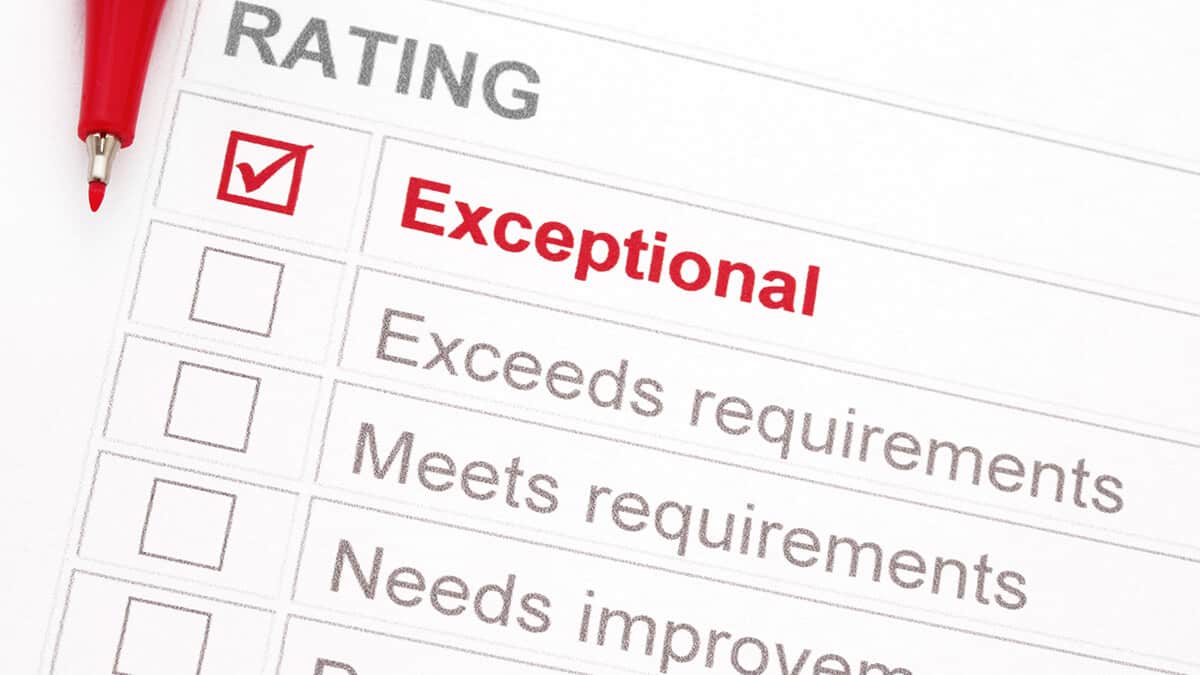In this guide
When a new employee starts working for you, in most cases you must allow them to choose the super fund into which you pay their Super Guarantee (SG) contributions. Existing employees who are eligible to choose a fund can also direct you to change the superannuation fund you make contributions to for them.
While the new rules extending the number of employees with the right to fund choice have simplified some aspects of employee super, it’s not all clear sailing.
Not only do you still have to identify eligible and ineligible employees, but you must now also get details of a new employee’s ‘stapled fund’ from the ATO if they don’t make a choice when they commence employment.
Who is eligible to choose their fund?
These days, most employees get to choose their own super fund for the SG contributions you make on their behalf, unless they are considered ineligible to make a choice.
Employees who are NOT eligible to make a choice are those who are:
- Employed under an enterprise agreement or workplace determination made prior to 1 January 2021 that names the fund to which contributions must be paid
- Holding a temporary visa (temporary residents)
- Employed under an old workplace agreement that requires super support, including a pre-reform certified agreement, an AWA, a collective agreement, an old Industrial Relations agreement, or an Individual Transitional Employment Agreement (ITEA)
- Employed under a State award or registered agreement
- Federal or State public sector employees excluded from choice by law or regulation (such as members of the CSS, PSS or unfunded public sector schemes)
- Members of a defined benefit fund that would continue to accrue benefits if contributions were paid to an alternative fund or where the maximum benefit has been accrued
Source: Superannuation Guarantee (Administration) Act 1992
When you’re dealing with a new employee, they will generally be eligible for choice of fund unless you are using an enterprise agreement that specifies a super fund and was made prior to 1 January 2021, they are on a temporary visa, or you are a government employer using a public sector scheme that excludes choice. The remaining categories not eligible for choice refer to older employment arrangements that may apply to longstanding employees in limited circumstances.
If you are uncertain what award or industrial agreement covers your new employee, check the Fair Work website or the workplace relations department in your state or territory.
When you must give employees a choice form
To notify you of their choice, your employees need to complete the ATO’s Superannuation Standard Choice Form or an alternative document that covers the same information and return it to you. Alternatively, the form can be completed online via ATO online services linked to myGov.
You can download the Superannuation Standard Choice Form here.
By law you are required to give staff members who are eligible to choose a fund a Superannuation Standard Choice Form or a compliant alternative within 28 days of:
- The employee commencing work
- Changing the default fund into which you pay their contributions
- The employee requesting a form, unless they have made a choice within the previous 12 months
- Becoming aware the fund you are contributing to will not accept your contributions for the employee or has ceased to be a complying fund.
You do not have to provide a choice form when:
- The employee is a temporary resident
- The fund you contribute to for the employee has its members transferred to another fund via a successor fund transfer (SFT).
Employees whose fund is undergoing an SFT are still eligible to choose a fund (unless excluded by another eligibility rule), but the obligation to provide a choice form at the time of the SFT has been removed to reduce administration complexity for employers. Such employees rarely make an active super choice and so the requirement to automatically provide them with a choice form was removed in 2015. If such an employee requests a choice form, you should provide it.
Determining a super fund for new employees
Since 1 November 2021, if a new employee does not choose their own super fund, you need to request their stapled super fund details from the ATO.
The first step is to offer eligible employees choice of fund. If the employee makes a choice, you do not need to request stapled fund details. The choice of fund form allows your employee to choose the default fund you have selected even if they are not already a member of that fund.
Next, request stapled fund details for any employee who has not made a choice. You must make the request even if the employee is a temporary resident or is not eligible for choice of fund due to an enterprise agreement or workplace determination made prior to 1 January 2021. Only some public sector employees and employees under preserved or notional state agreements are exempt from the stapling rules.
Before you can request stapled fund details, the ATO needs to confirm an employment relationship exists between you and your new employee. The easiest way to confirm the employment relationship is to have your employee complete a TFN declaration and submit it to the ATO or to complete a Single Touch Payroll (STP) pay event. If you have difficulty, refer to the ATO’s guidance.
Once the employment relationship is established, you can request stapled fund details via ATO Online Services for Business, or your tax or BAS agent can complete the request for you. If you need to request stapled fund details for more than 100 employees at once, you may use the bulk request form.
When you are provided with a stapled fund, you must contribute to that fund unless the employee has made another choice in the meantime. If the stapled super fund account details are for an SMSF, you will need to obtain the electronic services address and bank account details from your employee.
If the ATO advises that there is no stapled fund for the employee, you may proceed to make contributions to your default fund.
If the stapled super fund rejects your contributions, you should make another request via the ATO’s Online Services for Business for your employee’s stapled super fund. This may occur if their super account has been closed since you received the original details, or if it is a fund that only accepts contributions from certain employers.
Recordkeeping and your completed choice forms
Under super law, you must keep a copy of each Superannuation Standard Choice Form or ATO online printed summary you receive for five years.
Your records must show how much SG you paid for your employee and how it was calculated, that you offered each eligible employee a choice of fund, and details of any employees ineligible for choice of fund.
When your employee gives you a completed choice form, you do not need to forward it to the ATO or your employee’s chosen super fund. A Superannuation Standard Choice Form simply acts as an official notification to you of where your employee wants their super contributions paid.
Actioning an employee’s choice
Once an eligible employee advises you of their chosen super fund, you must start paying super contributions into that fund within two months of receiving a valid choice. The only exception is if the employee has made another choice within the previous 12 months – in this case you may commence paying the new fund if you wish, but it is not compulsory. If you don’t pay your employee’s super contributions into their chosen super fund, the ATO will penalise you for not complying with super law. Failing to meet your choice of fund obligations means you are liable to pay a choice liability for your employee.
You must not charge your employee a fee if they want to change super fund, or for making SG contributions to their super fund.
Passing on your employee’s TFN
Another important obligation you need to fulfill when setting up an employee’s super contributions is to provide their chosen super fund with their tax file number (TFN).
Once your employee gives you their TFN, you are obligated to provide it to their chosen super fund. You must do this when you make the first super contribution for the employee, or within 14 days of receiving their TFN if it was not available at the time of your first contribution for them.
Super funds are unable to accept personal voluntary contributions from employees if they don’t have their TFN. This makes it essential to pass on a TFN if your employee wants to make personal super payments as a payroll deduction.
Employer beware: Giving financial advice to employees
There are strict rules about giving advice or product recommendations for financial products like super funds, so be careful when you talk to your employees about superannuation.
You are permitted to provide your employees with factual information about:
- Why they need to choose a super fund
- The process of choosing a super fund
- Your obligations as an employer
- How they nominate a super fund as their chosen fund.
It’s up to your employee to find out how to join a super fund and get the information and product disclosure statement (PDS) they need to select the right super fund for their personal situation. Your employees are also responsible for filling out their super fund’s membership application correctly.
If they need more information, you can direct your employees to government websites such as ASIC’s Moneysmart or some of the detailed information on the SuperGuide website.


